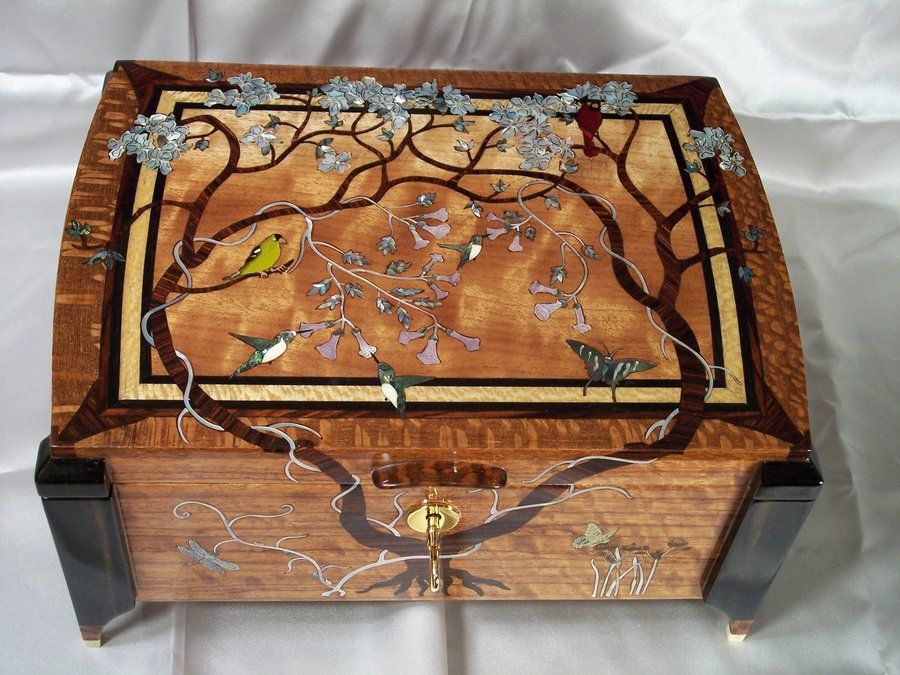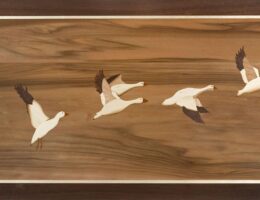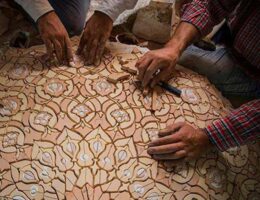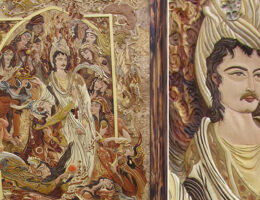IRAN ART EXHIBITION: MOARAQ HANDICRAFTS ADD ELEGANCE TO YOUR CLASSIC DESIGN STYLE
What is Moaragh?
The word “Moaragh” actually means something tidy, the art of making art is the laying of colorful and valuable wood, such as ivory, oysters, and metal, to achieve the desired design.
Wood art mosaic can be one of the most beautiful and finest wood arts and crafts in Iran. The Isfahan art scene in Iran has a special place, the best and most diverse works of the world about this art to the Iranians. In fact, this art is really about making different kinds of different types of different colors and patterns.
Wood sculptures are categorized according to the category of the Cultural Heritage Organization of the Islamic Republic of Iran under the category of works and in the section on the cutting of wood.
Moaragh comes from the combination and integration of colored wood according to the predetermined design; it means that the construction of a spruce is a raw material of wood, but rather abundantly combines this art with other arts or with the use of materials Another can be seen.
For example Carved wooden arts and Moaragh can be used jointly in a work. In the dictionary, the translation into English is translated with the word Burl.
Materials used in the Moaragh
Clay, Isfahan, shellfish, metal (gold, silver, rice, copper), ivory and rye are among the materials that are used in excavation.
Application of Moaragh works
The mosaic can be used in various wooden productions such as panels, tables, chairs, watches, buffets, in decorative boxes, and any wooden curtain and wooden surface to enhance the effect of wooden art.
Types of artwork
The woodwork mosaic is actually a mix of different wood alongside a beautiful design. Creation is, in fact, the side-by-side placement of small pieces of wood, and then creating the desired role with the use of natural wood colors.
In addition to woodwork, simple mosaics, tile mosaics, ceramic mosaics, mosaics and leather mosaic, there are also similarities in general, but each of them has a special beauty paradigm.
The History of Moaragh kari
Due to the fact that wood is a relatively unstable material and a low-longevity of nature, works made over time have been eliminated due to various events and factors, or that nobody was thinking of the maintenance and collection of wooden handmade products.
As a result, no significant wooden works of different historical periods have been left out. However, researchers consider different times as the source for wood sculptures.
IRAN ART EXHIBITION: It is said that the wood mosaic is inspired by the tile flame. As the tile industry begins to decay, the wood mosaic has started to grow. The mosaic appeared at the time of the Ilkhanid era and reached the peak of its flourishing in the eighteenth century.
One of the historical and beautiful monuments of that time is the Soltanieh dome. Among other examples of mosaic tiles can be the red dome of Maragheh, another historical monument of the time of the Ilkhanites.
The specimen of the mosaic tile is a red dome of Maragheh that was built at the time of the Ilkhanis. One of the most beautiful examples of it during the Timurid period is Soltanieh’s dome.
Another view is that woodwork is not a technique in which various shapes and types of mosaic, including tile, have been taken. One who is active in the field of woodworking is to work not only with wood, but also to know and recognize its texture, but also to learn the techniques of woodworking.
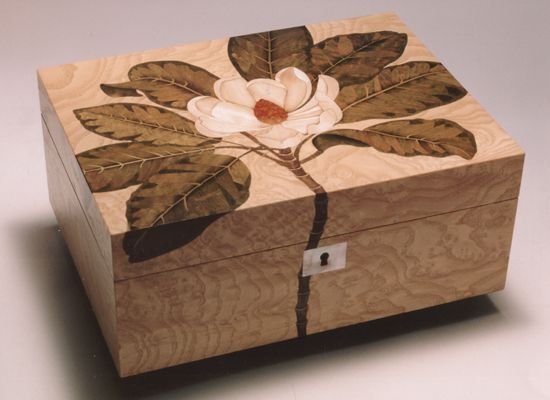
Another quote from India, China, and the Islamic Republic of Iran, said that three thousand years ago, the Egyptian people were among the first to realize the value and benefits of wood, and with the usual wood, the necessary equipment for the chair, the box and … They constructed high-quality bouquets, such as Abruzzo and Amazonas.
Dated to 1309, the first traditional workshops were created by the professor Hussein Taherzadeh Behzad for the sake of teaching and protecting the national arts of Iran and protecting the craftsmanship of Iran. The first educational subject was the carving workshop under the supervision of Professor Ahmad Emami and his sons Khalil and Ali.
In the following year, 1310, a grid of woodwork was added to the previous workshop. The workshop was run by the professors of mosaics and caretakers including: Shahmirzadi, Ahmad Rana, Zabali, Visayi, Haj Gholamali and in 1370 by professor Kamal Mir-etibi. Currently, this position is under the responsibility of Master Mallah in the Cultural Heritage Organization.
The oldest piece of work was obtained in the burnt town of Zabul. It is a wooden shoulder that carries the geometric patterns. It dates back to the fifth millennium BC.
IRAN ART EXHIBITION: Some believe that the shoulder was owned by foreign travelers who had crossed the city, but according to research on this shoulder it became clear that the designs on it are entirely Iranian. On this basis, it can be said that Iran has been the founder of the art work.
Mosaic types
Moaragh Moshabak, Magnat Magnat and Moshati Khatam and Mirzagh are knot types of mosaic, each of which has its own beauty.
1- Mesh lattice: In this type of log, the grid field will be molded.
2-Decoration: In this method, the pieces of cut are decorated with mosaics … This type of flip-flops of outstanding designs can also be presented.
3. In this way, they use the slabs in some of the mosaic sections. The slabs of Khatam are made in sandwiches, in such a way that the three-layer pieces are tied onto it and then cut, afterwards Cutting the three-layer sheet of paper can be removed from my own.
4-mosaic knot: In the knot of the knot, the design of the knot of the baults of the mosaic is made, sometimes some people mix it with their own tastes and then they form the edges of it through the cavern and woods.
